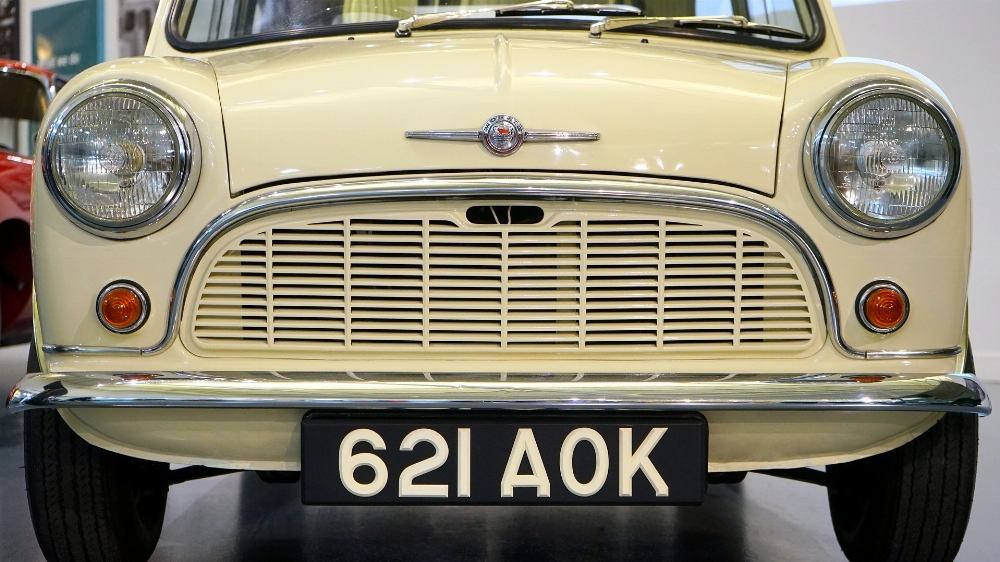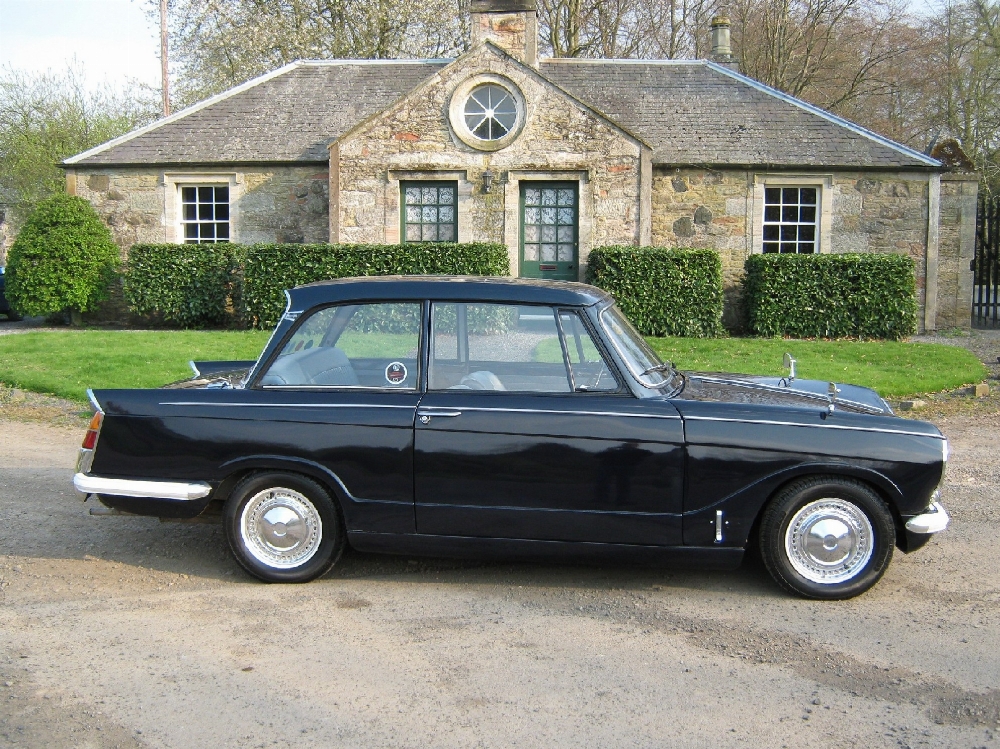Making its Mark
The revolutionary design of the Mini was created by Sir Alec Issigonis, a visionary in industrial transportation. It was intended as an affordable vehicle in response to the Suez oil crisis.
The Mini was designed as a result of the 1956 Suez crisis, which reduced oil supplies and forced the UK government to introduce petrol rationing. Obviously, the sales of large cars, with high fuel consumption dropped and the market for so called ‘bubble cars’ stated to boom. British Motor Corporation realised that they had to produce a small vehicle fast.
Issigonis, who was reputed as being very skilled in designing small vehicles was assigned to this task. Together with a small team of designers, he produced the original prototype by October 1957.
The Mini was produced by BMC starting in 1959 and was the first car to have front-wheel-drive technology. This space saving solution was to go on to influence all car manufacturers, of course nowadays this is the most popular drive train layout.

The first Mini, called the Mk I had three important updates, the Mk II, the Clubman, and the Mk III. Sportier versions were the Mini Cooper and the Cooper S, of course these became successful as rally cars, winning the Monte Carlo Rally three times.
Although the Mini’s design had utilitarian origins, the shape of the classic model had become so iconic that the Rover Group, the heirs to BMC, registered it as a trademark in the early 1990s.
Making its Mark – the journey of the Mini
The Mk I
The first Mini in production version was shown to the press in April 1959 and by August of that year several thousand vehicles had been produced ready for sales.
The name Mini was not used from the start of production, in early advertising, the name ‘SE7EN’ was used. This is because an already famous Morris model at that time was the Minor, which is Latin for ‘smaller’. So, for the even smaller car, BMC decided to use the abbreviation for the Latin word ‘minimus’, which means ‘the smallest’.
In 1964 the MK I got a new suspension design using the hydrolastic system. This created a softer ride but was criticised by many for being too expensive and that it altered the handling of the car. In 1971 the original rubber suspension was back again and this was used until production ended.

After the launch of the MK I, sales were not very promising but the Mini did become a hit through the 1960s, with a total of 1,190,000 Mk I’s produced. It is rumoured that the MK I wasn’t profitable for BMC, because in order to be competitive on the market it was sold at a lower price than the production costs. One thing that is certain though, the MK I made its mark in the pop culture of the 1960s.
The Mk II

In the late 1960s, Issigonis had been working for a replacement for the original Mini. This version was supposed to be shorter and more powerful than the MK I, but due to management decisions at BMC it was not built. Instead of that the Mk II was released, featuring a redesigned front grill (which remained like that from this point onwards) and also a larger rear window as well as other cosmetic changes. 429,000 Mk II Minis were produced.
The Mk III
The Mk III Mini had a series of body modifications, the most serious of which were the larger doors with concealed hinges. Also, the suspension reverted from hydrolastic back to a rubber system for cost-saving purposes. The boot lid lost the original hinged number plate and instead got a large rear colour coded lamp. It also featured larger rear side windows.
The Mk IV-VII
The later models, IV to VII featured mainly technical modifications that included a front rubber mounted sub-frame with single tower bolts, twin stalk indicators with larger foot pedals, 8.4 inch brake discs and plastic wheel arches. From 1990, engine mounting points were moved forward to accommodate 78 cui power units with the HIF carb version.
Through the 1980s and the 1990s there were several ‘special editions’ of the Mini released, this shifted the car from a mass market vehicle into a fashion icon. Perhaps this was the reason that the Mini became such an asset for BMW, which in 1994 bought the brand as part of the Rover Group. Under BMW supervision, the Mini received an airbag to comply with European safety legislation. By the year 2000, Rover Group was still suffering massive losses an BMW decided to sell MG, Rover and Land Rover and only kept the Mini brand in order to produce a new model with that name.
The final Mini MK VII was produced in October 2000, being the last from a total of 5.3 million cars manufactured and sold all over the world.
BMW MINI
After production of the classic Mini ended in 2000, BMW announced a successor to the Mini – which was called the MINI. Whilst the MINI shares the front wheel drive characteristic of its predecessor, it has undoubtedly inherited the luxury of the BMW brand.
With top technology for this vehicle class, in comparison with the classic Mini, the new car is around 21 inches longer, 12 inches wider and weighing 2300 lbs, rather than just 1450 lbs. This and the departure from the pure minimalism of the original, is difficult for some Mini fans but market success has proved that the new car is equipped for the challenges of the 21st Century when comfort, safety and environmental considerations are much greater.








Leave A Comment
You must be logged in to post a comment.